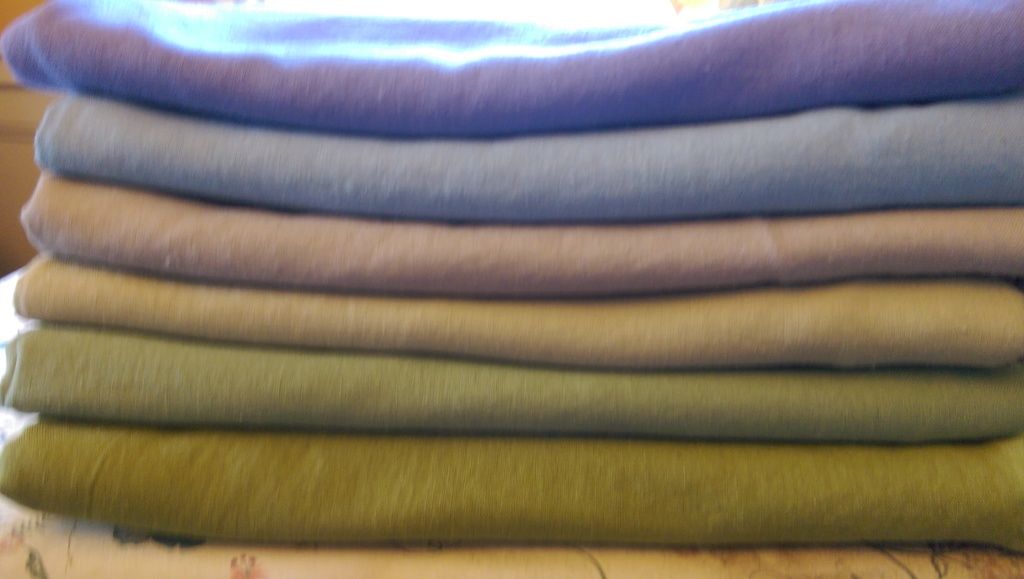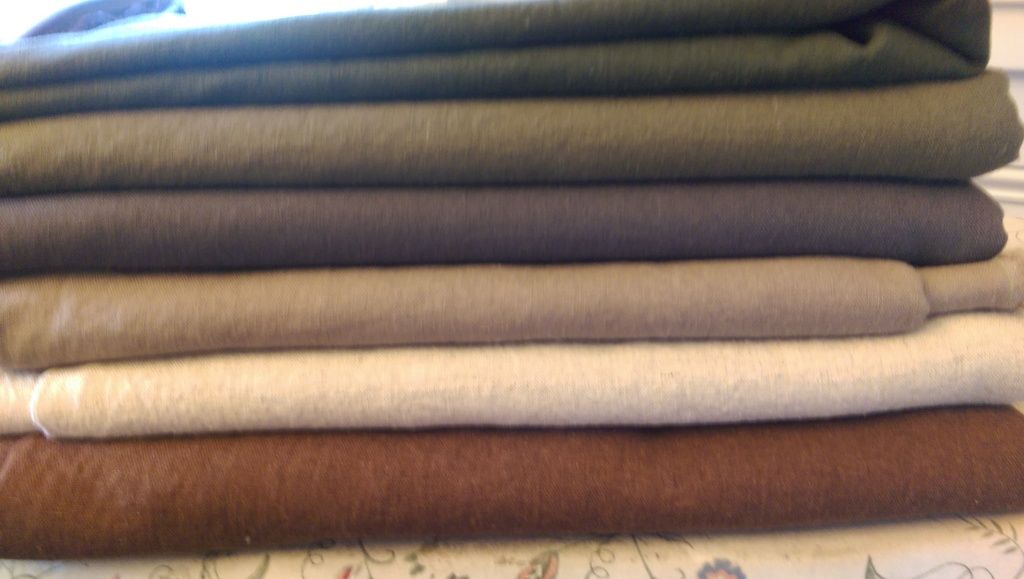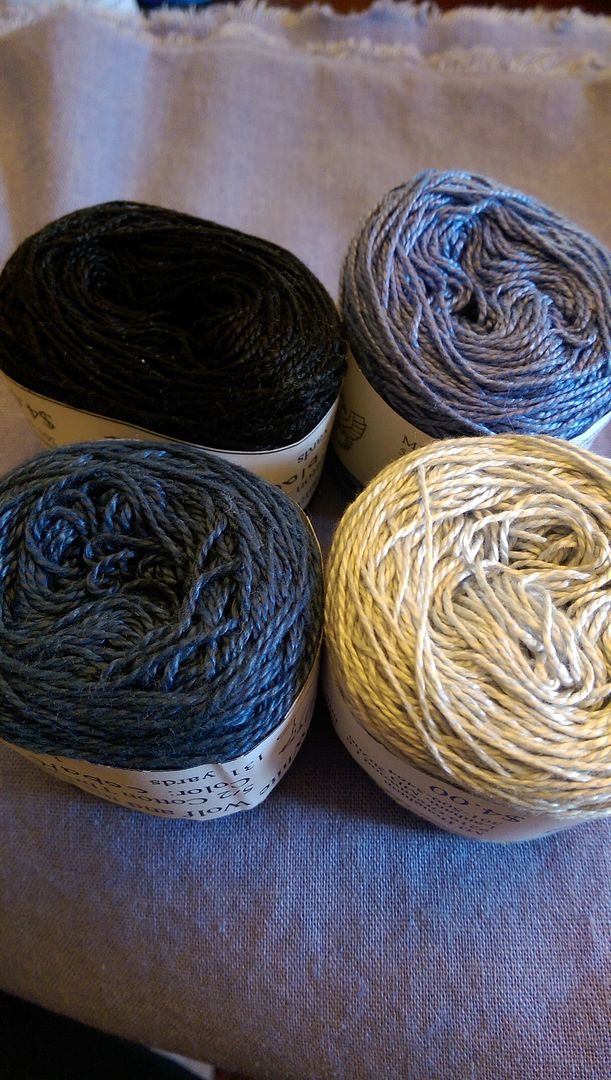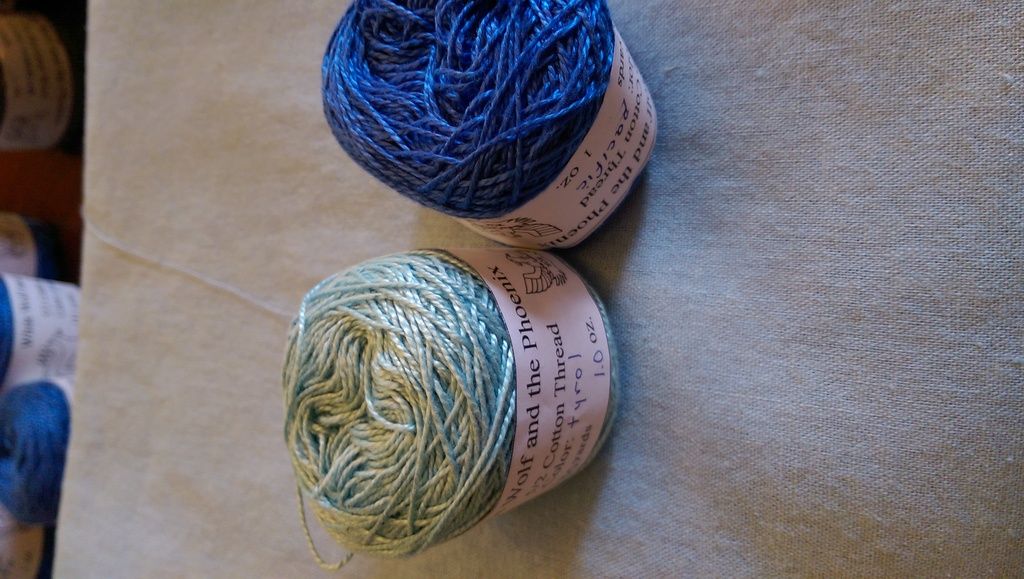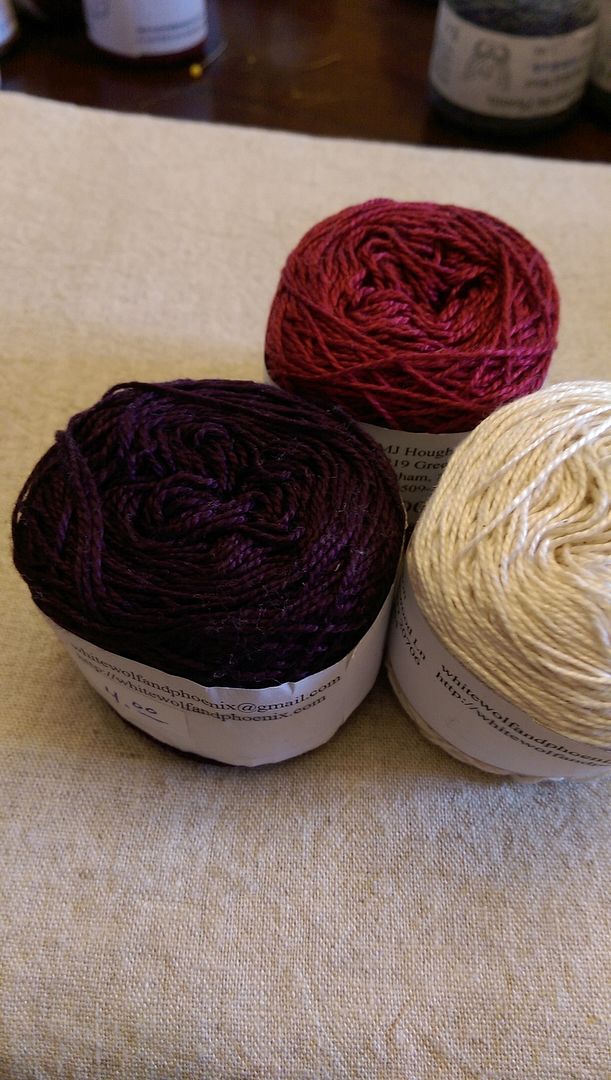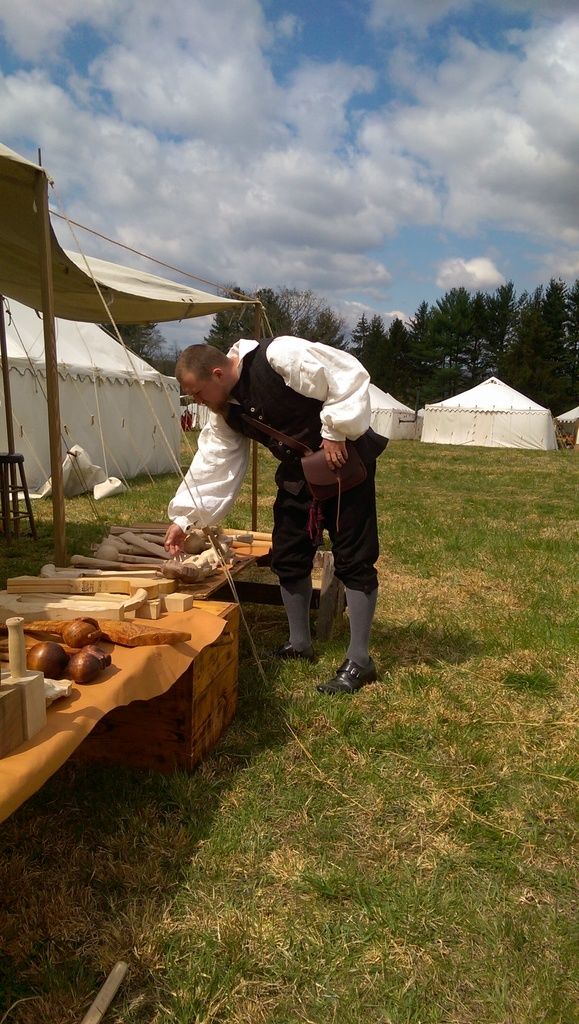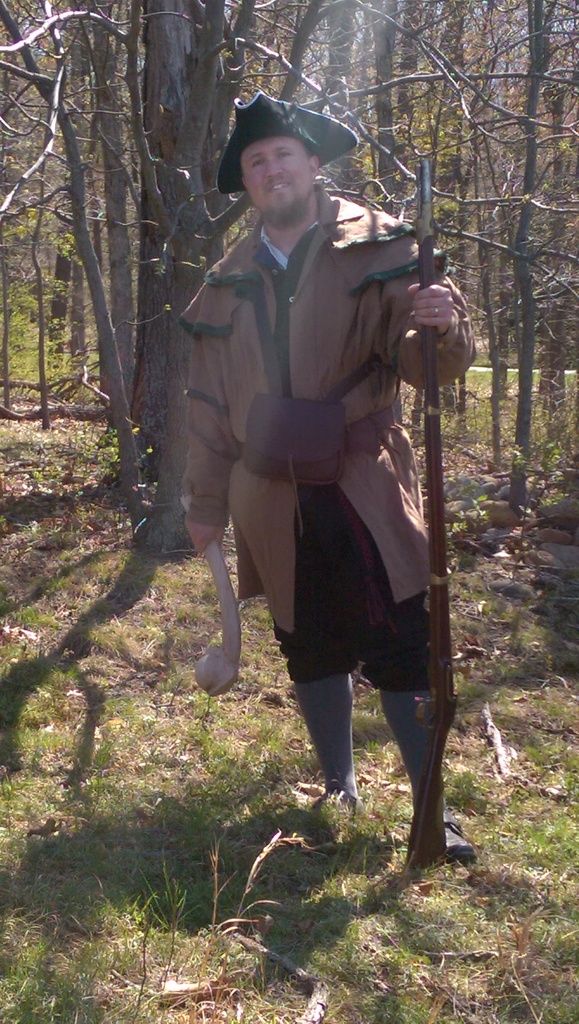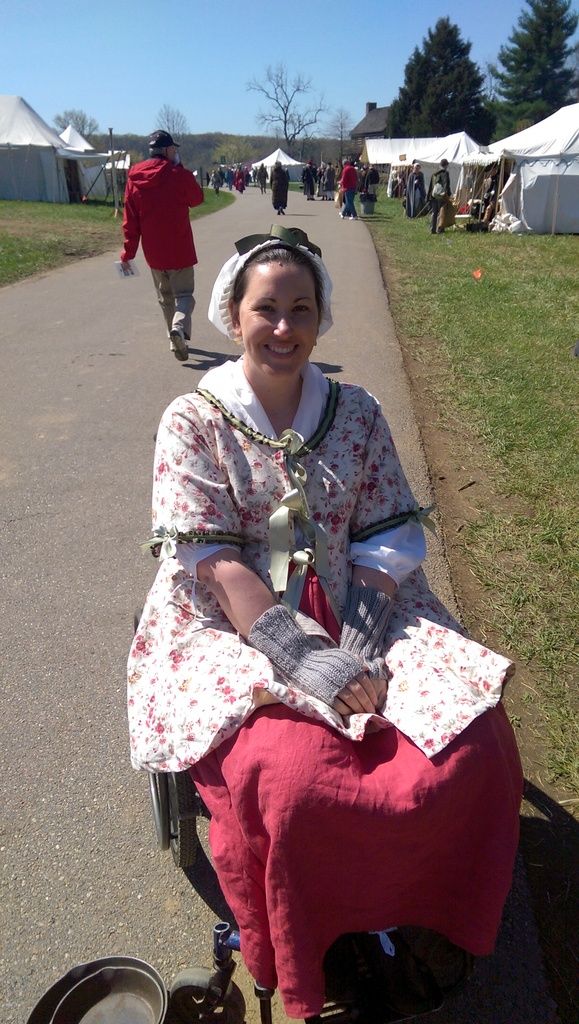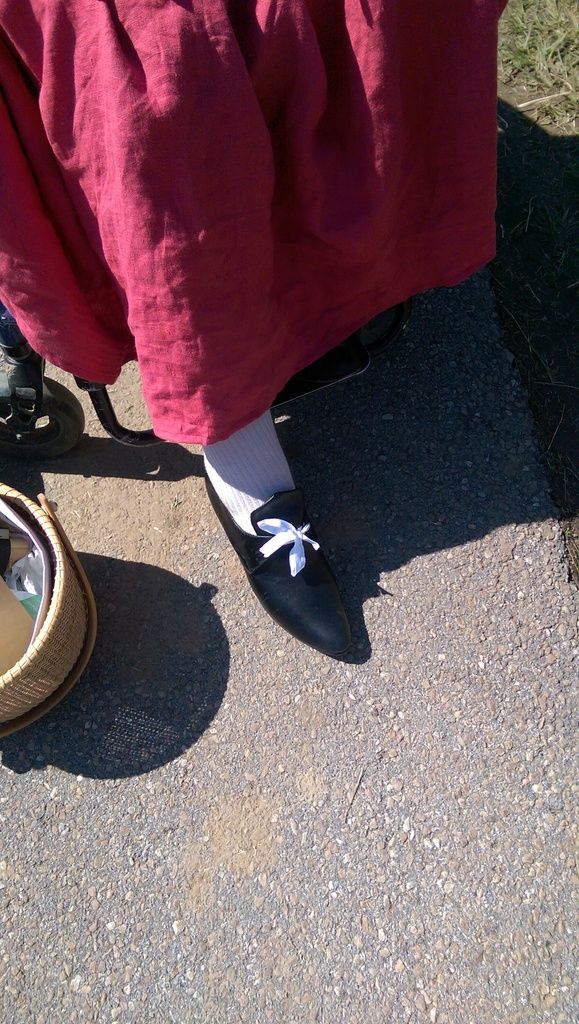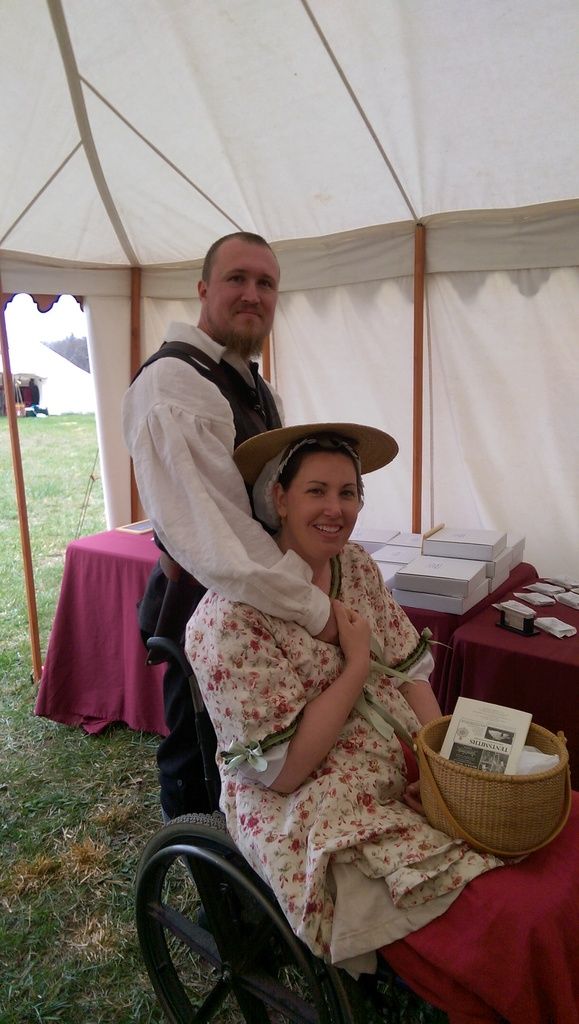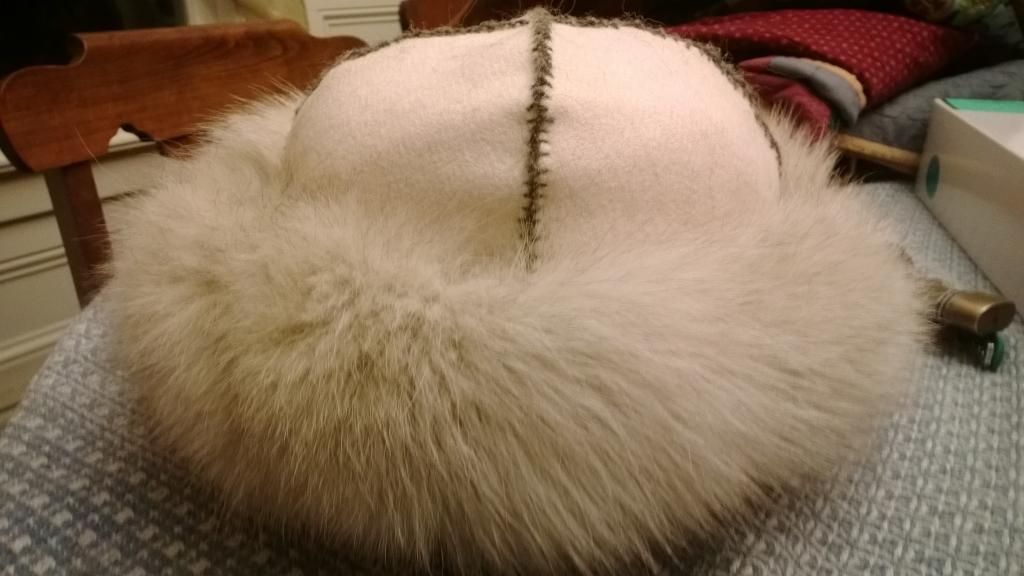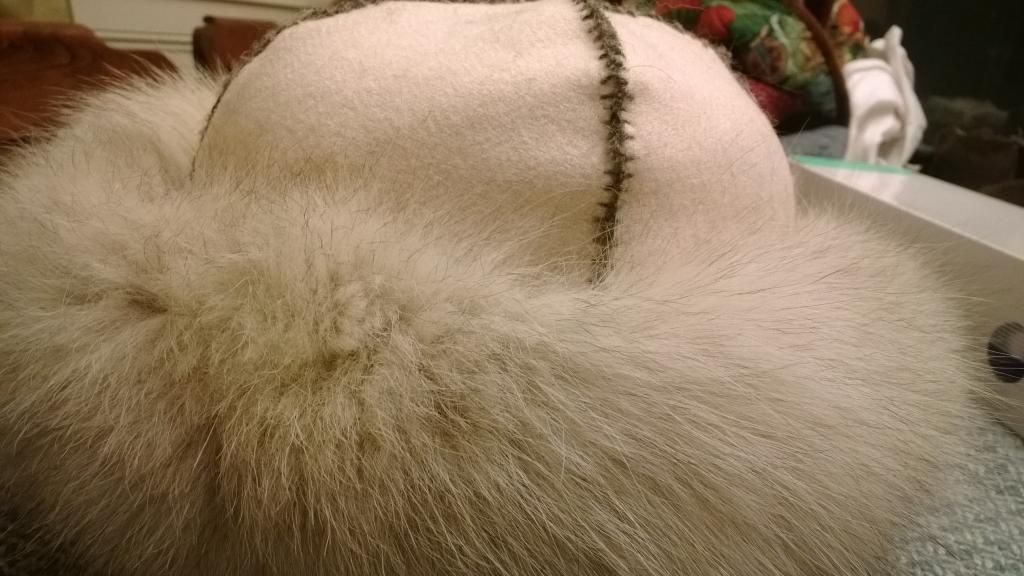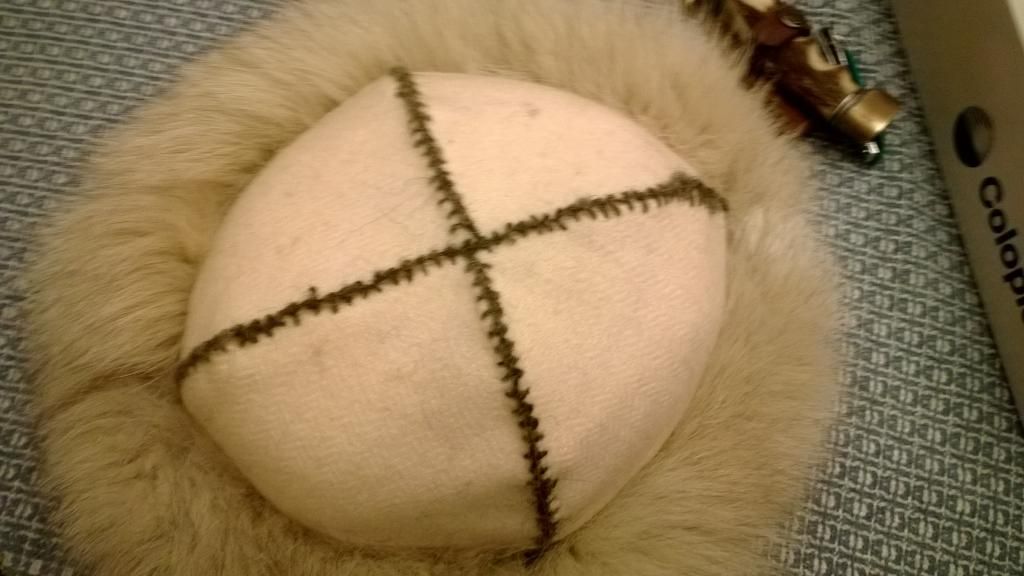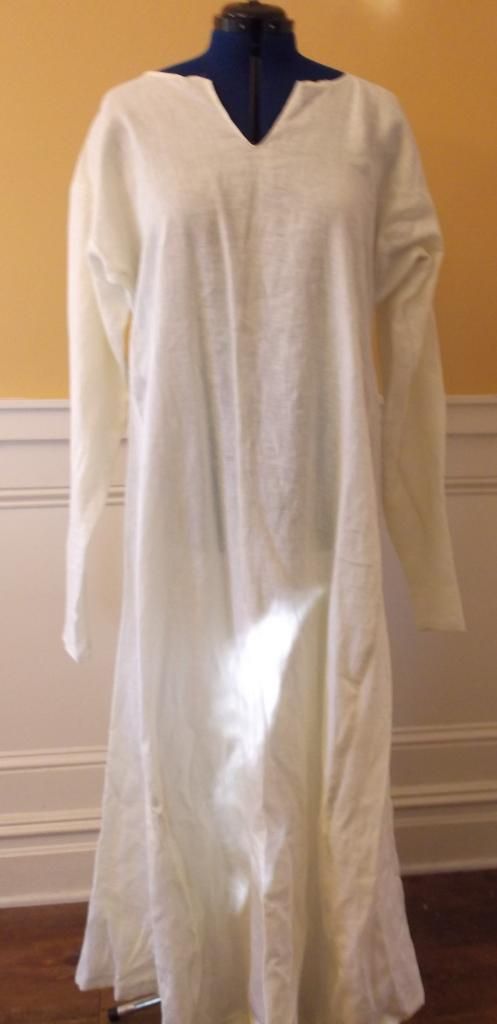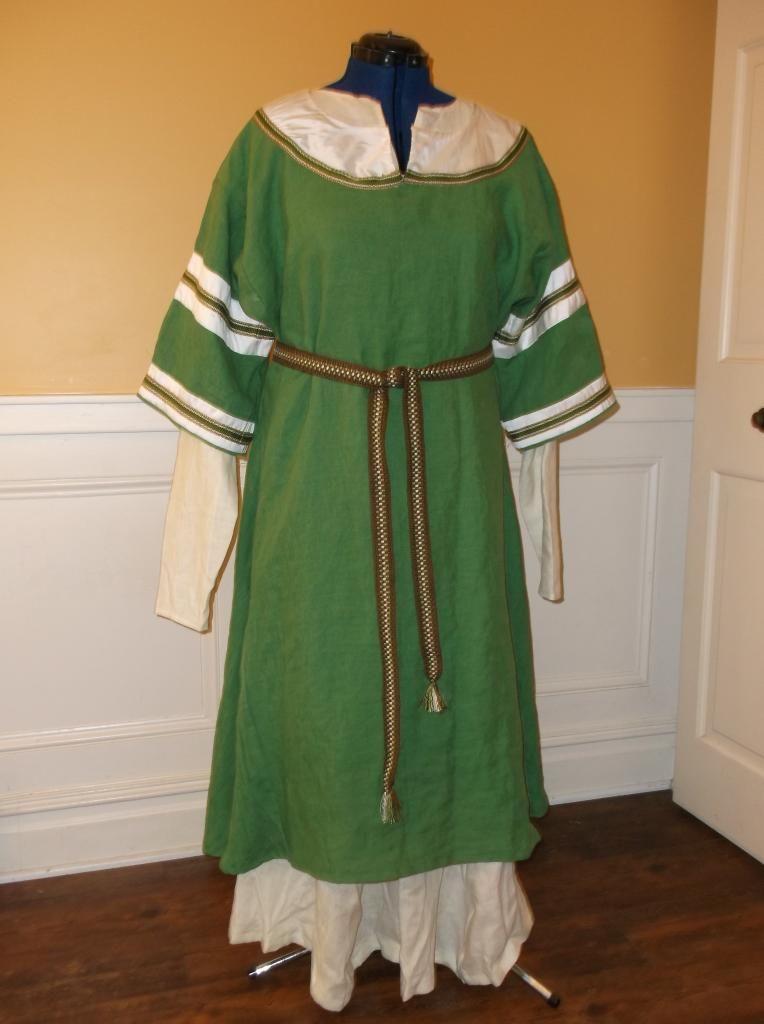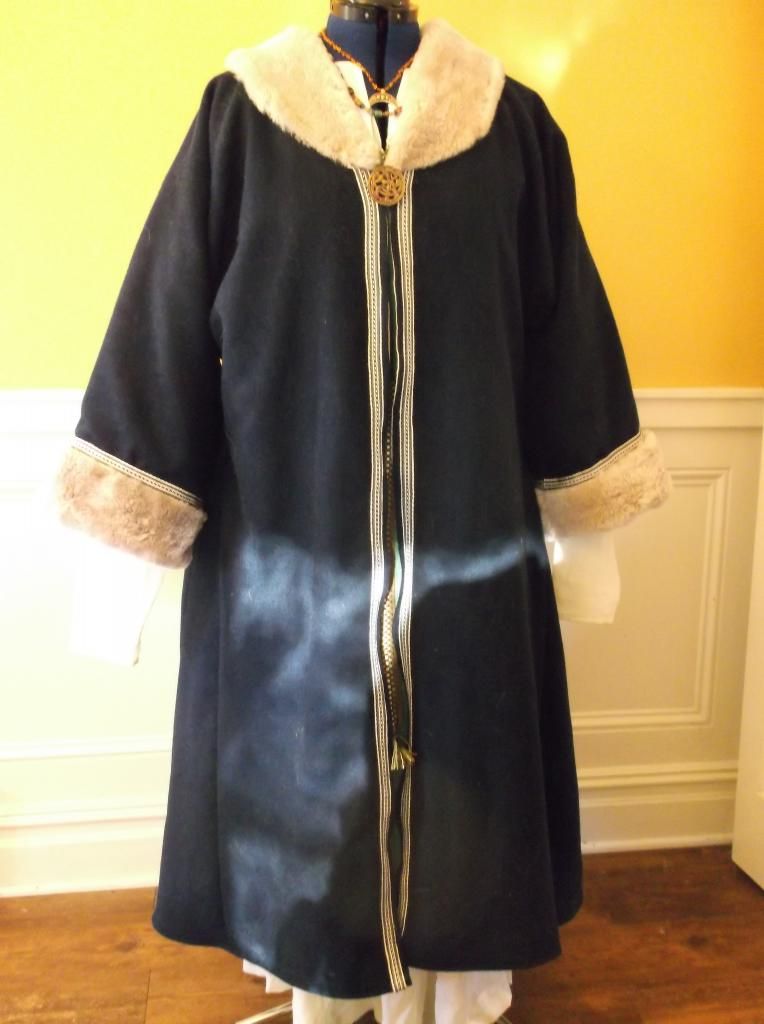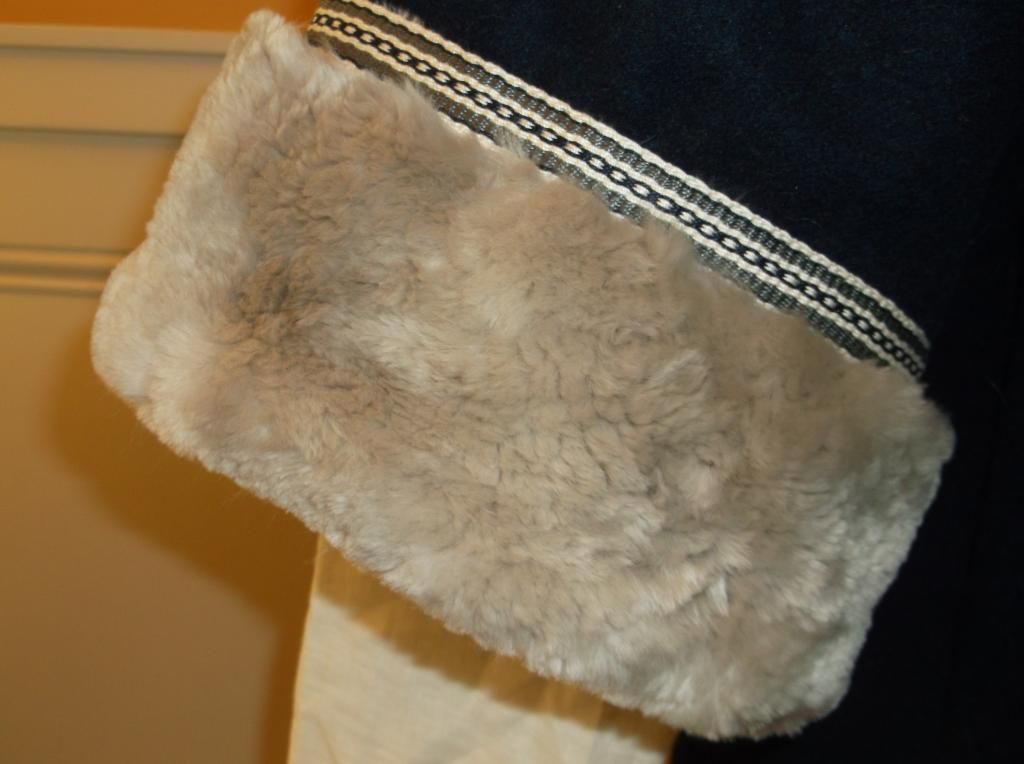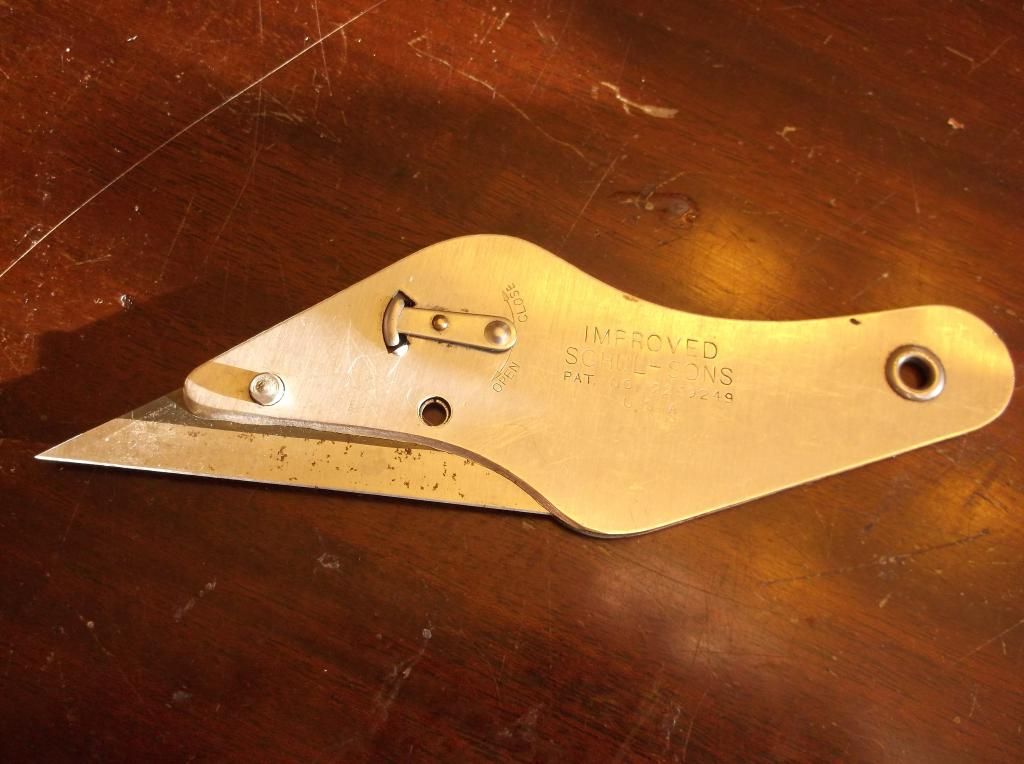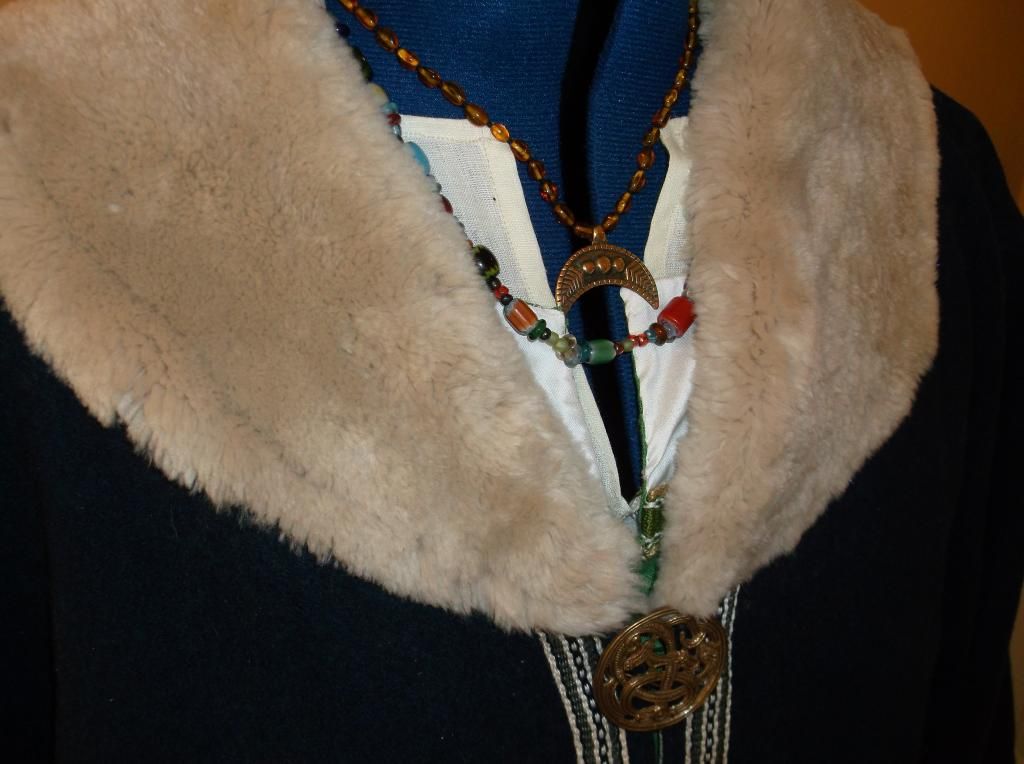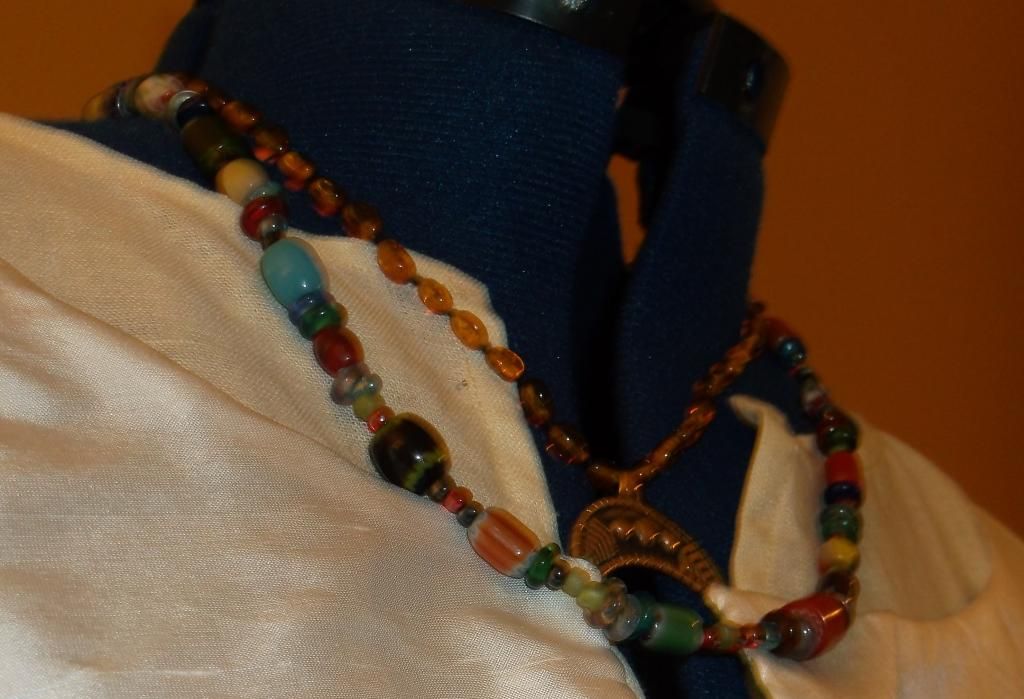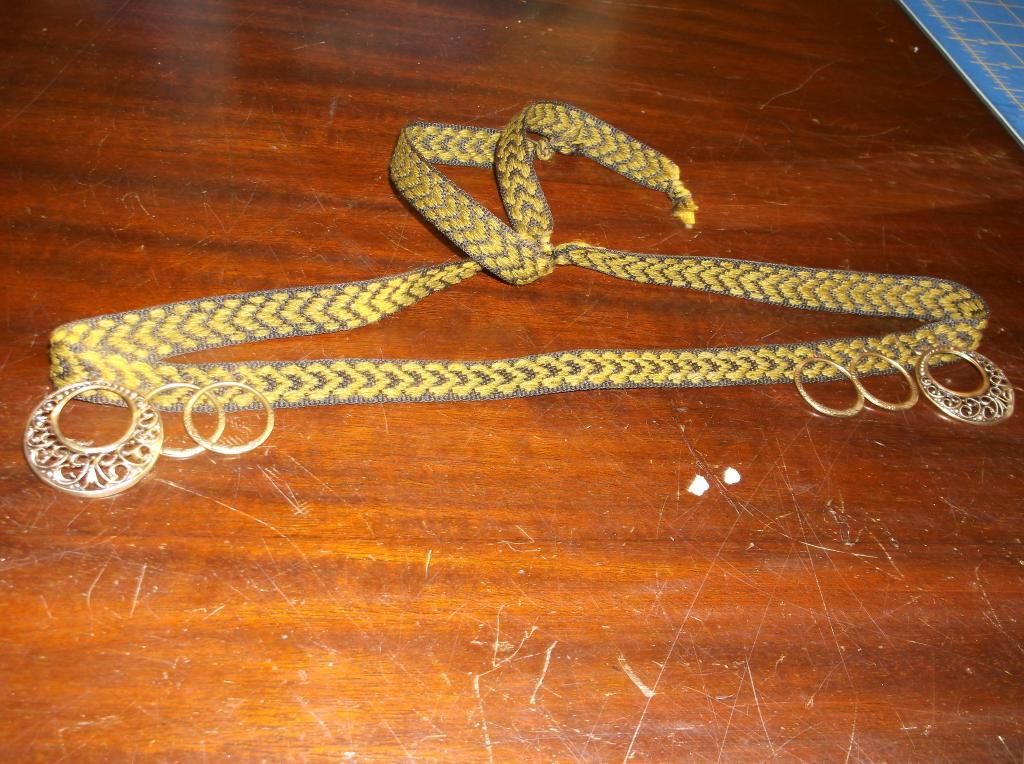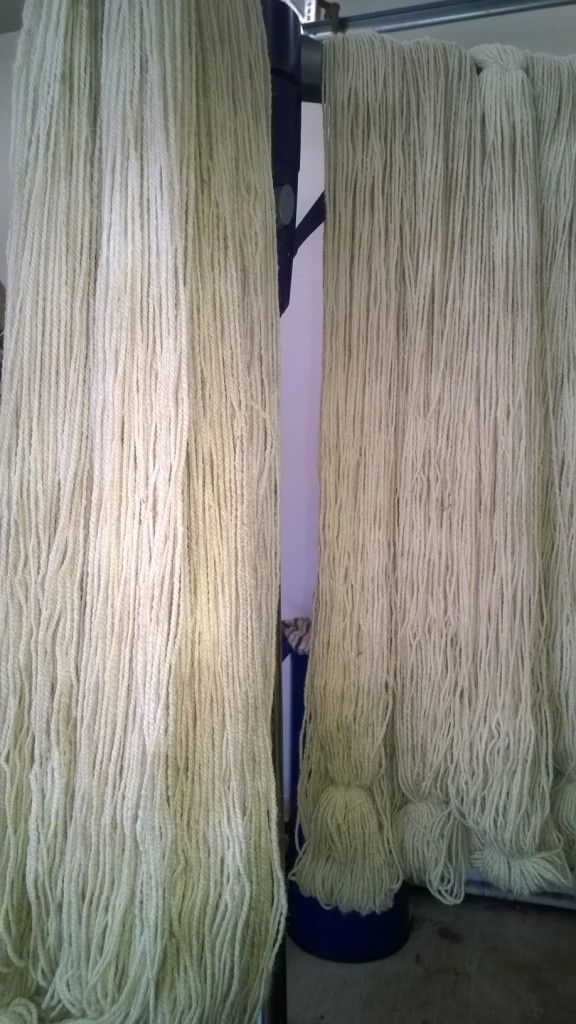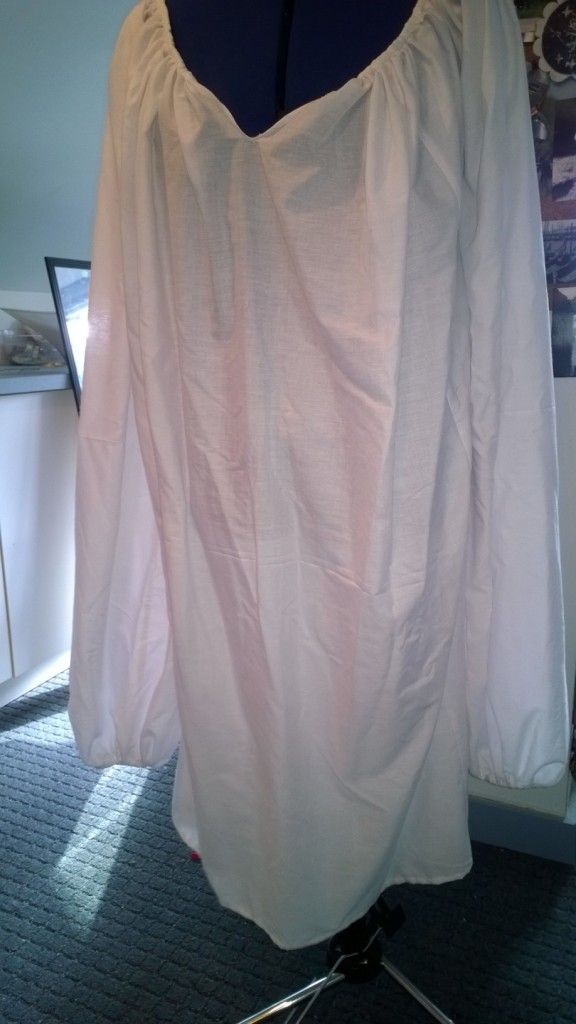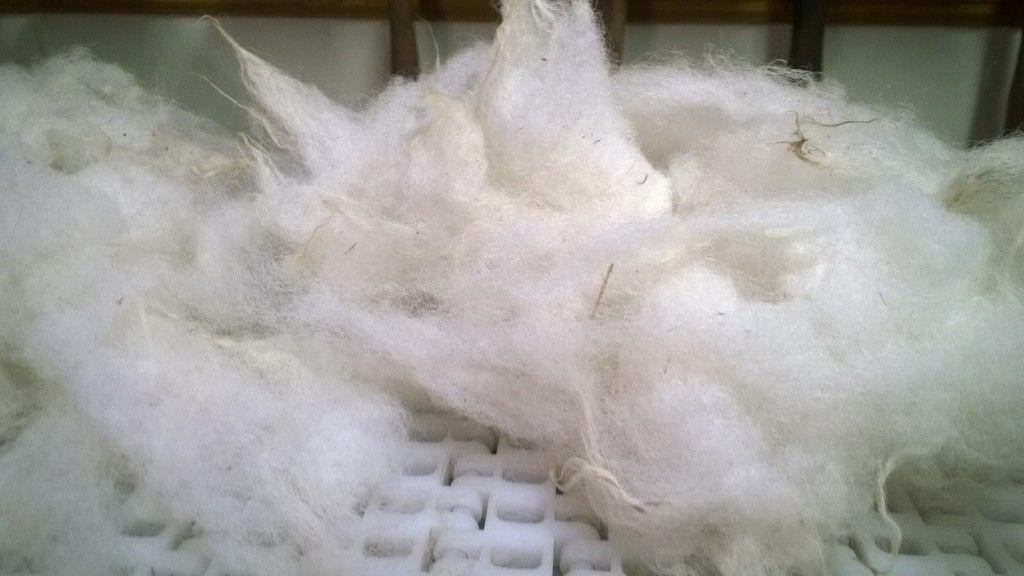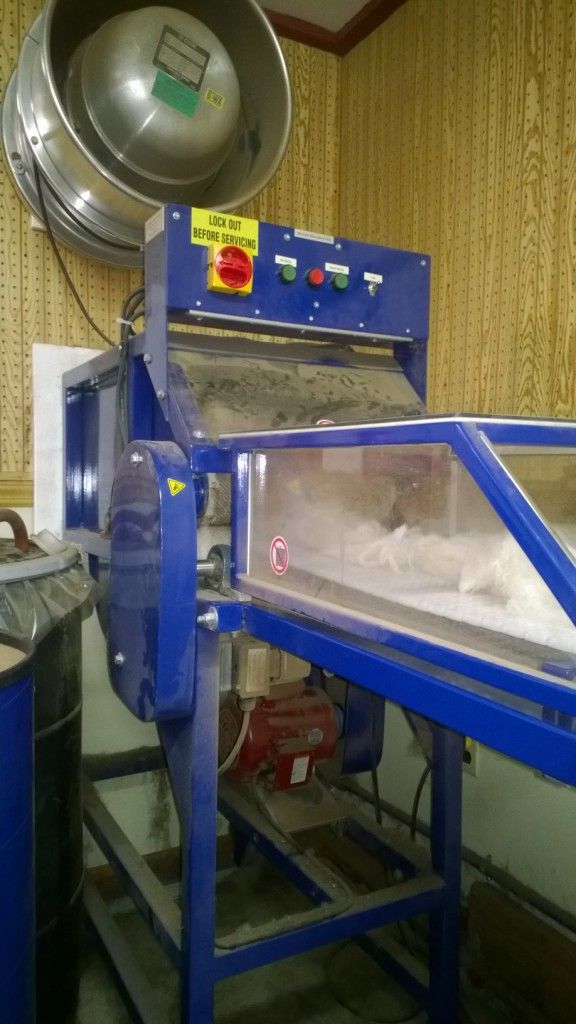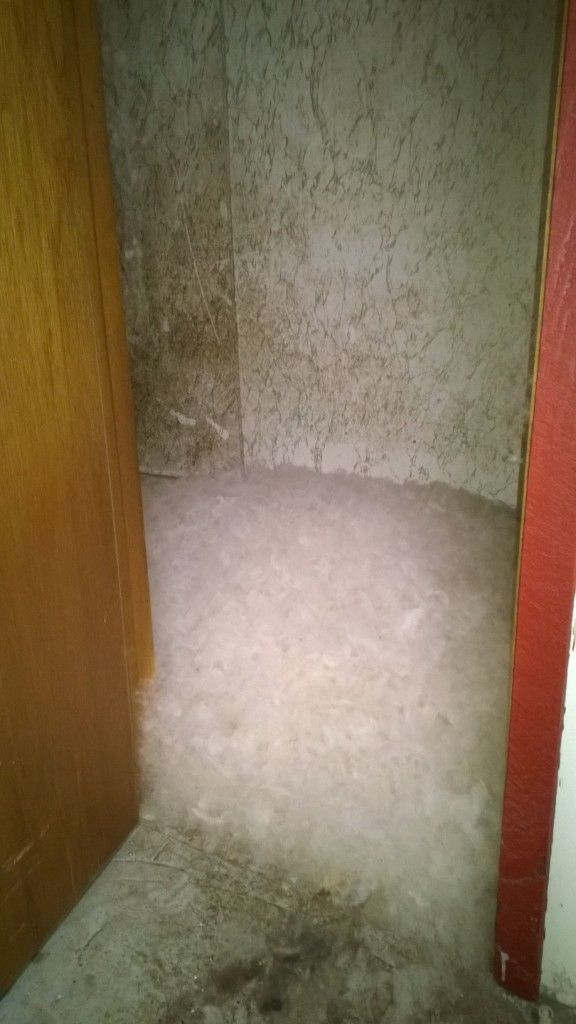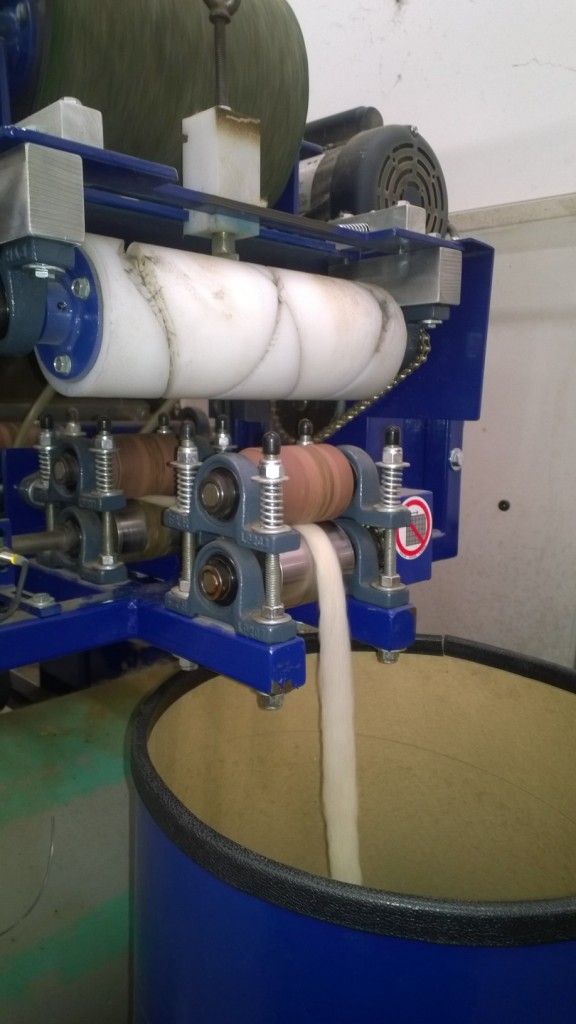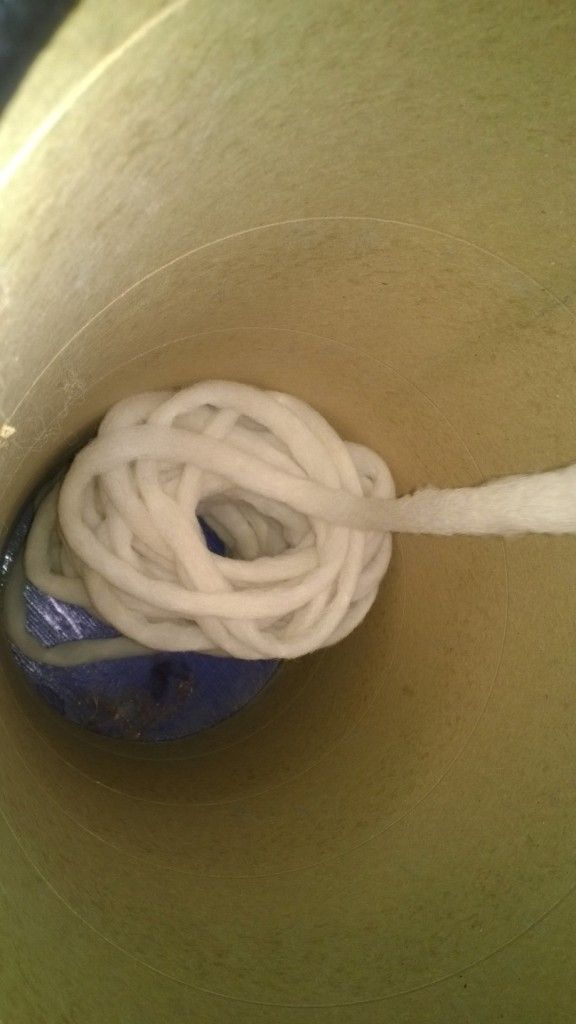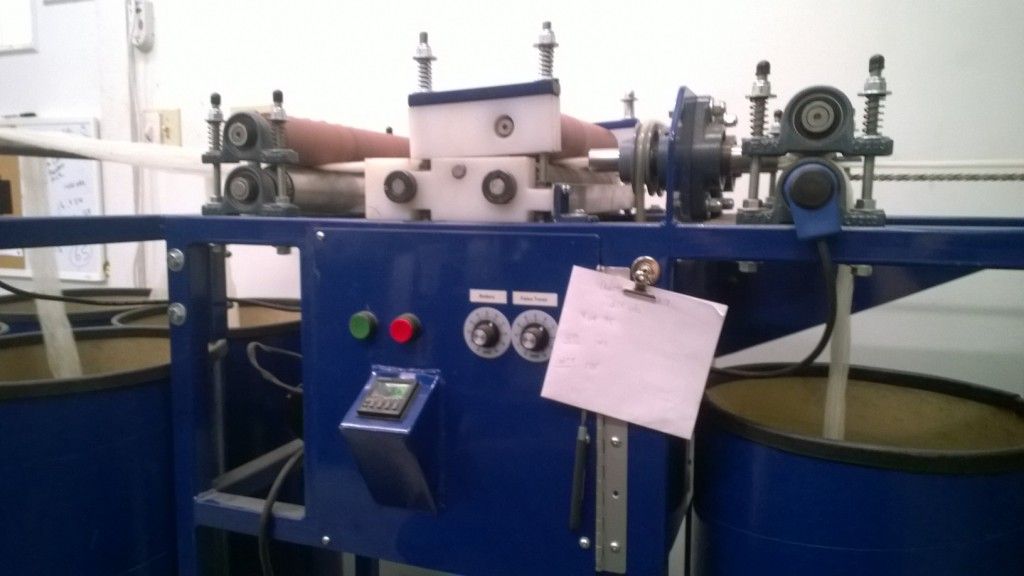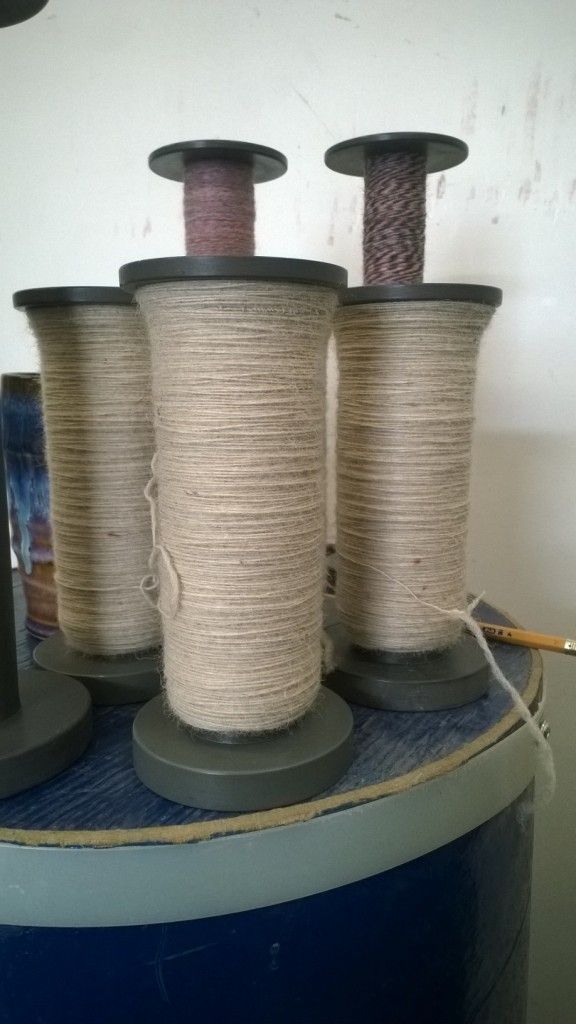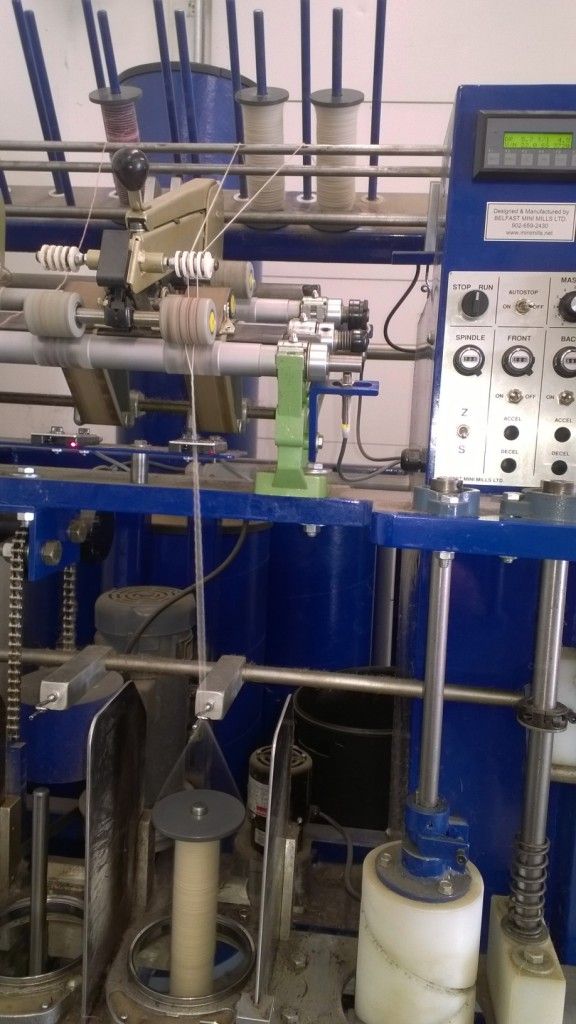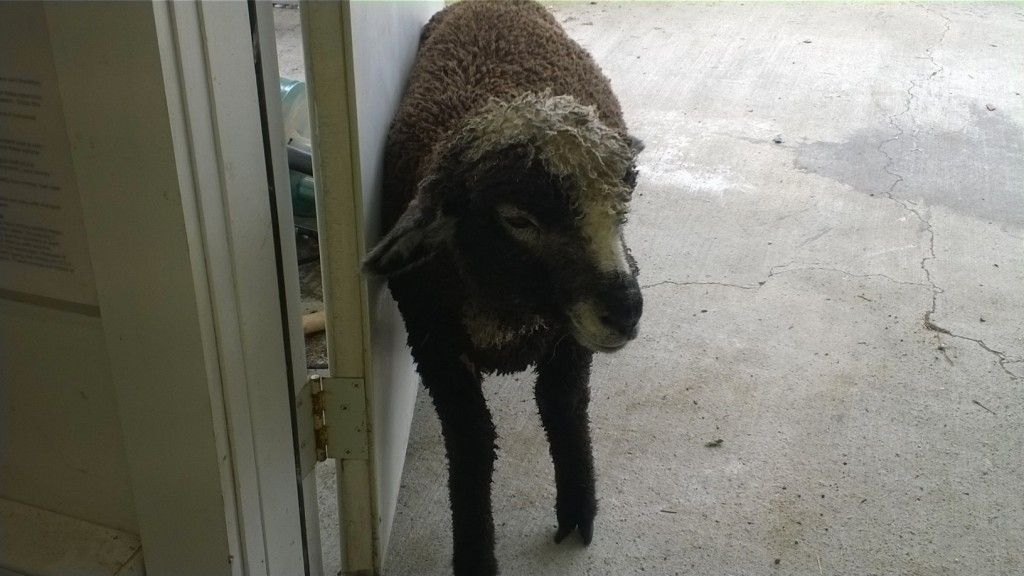So my very plain camicia is actually done, but the bigger project of this week was getting the yarn to make the knitted stockings. I know that the holy grail of Italian knit socks is Eleanor of Toledo's burial stockings, but knitting has been depicted in
art since 1345. Given that people have been applying the fiber arts to footwear since at least the
fourth century, I don't think it's a huge stretch to assume that humanity didn't just suddenly start knitting socks in the year or two prior to Eleanor's unfortunate demise and she happened to be buried with one of the first sets of hand knit socks, hot off the needles. Plus, I'm way better at knitting stockings than I am at sewing them. So I might as well make something I stand a decent chance of wanting to wear again.
In the effort to keep this low cost, buying sock yarn was not in the budget. And as my typical sock yarn tastes tend toward the wild and colorful, nothing in the stash would work. However, I actually have a yarn factory in my backyard. Literally.
We happen to own a cottage sized fiber mill and our day job is processing fiber for local farmers as well as making our own very small batches of yarn and roving. So while it's not as historically accurate as spending a couple of months drop spinning, plying, skeining and dying, I'm lucky enough to be able to custom make my own yarn for my competition project.
The fiber I picked is from Adam's parent's farm. They had just sheared a few of their sheep and in exchange for processing some alpaca that his mom wants to work with for her, free of charge, we get the fleeces to turn into yarn for the shop. This fiber is what you would find on a yarn label under the grand description of "100% wool." It's a Finn/Jacob/Southdown cross and we added a bit of last year's Romney to it. If the sheep was a dog, it would be one of those Golden Pomer-Labradoodles. In short, mutt. It's not very soft fiber at all...
But it scoured out to a very beautiful white. Great for dying. So first it gets run through the washing system, which is set to 140 degrees to melt off the lanolin. It air dries for a day or two, depending on the weather and the humidity in the mill.
Then it gets run through the picker, which has big teeth that open up the locks. The opened locks get blown into the picker room.
From there they get gathered up into a basket, and weighed to go onto the carder. The carder is like a huge version of a drum carder that some fiber artists have at home. It gets all the fibers going in the same direction. We weigh out each feed, so that there is the same amount of fiber between each blue line on the belt. It keeps the machine from jamming up and helps prevent uneven spots in the feed.
The wool goes in the carder as loose fluff
and comes out as orderly roving ropes
that are neatly wound into barrels to make the next two steps easier.
From the carder we run two barrels together into the draw frame. The first pass through the draw frame helps eliminate any thick or thin spots that might have happened in the carder and stretches the rope about 2.8 times. The second pass further evens out the fiber for spinning and stretches the rope an additional 2.5 times.
Before I can start spinning, the machine has to be calibrated for length of fiber and the size of the finished yarn I want. Off the rope that came out of the draw frame, I estimated that I would need to draft the fiber to about 1/10 its original thickness. I set the twists per inch at about 7. If the machine isn't calibrated for the right length of fiber by moving all the rollers at the top, it'll either slub and get thick and thin spots, or cyclone and gather into tightly wound "cocoons' of fiber that create a nightmare in the finished yarn.
Single plys are wound onto bobbins
that are spun together in the opposite direction to make a two ply finished yarn. If I did everything correctly, my finished yarn should be fingering weight.
Of course, you have to take a break between machines sometimes to pet Fiona. It's a very important step in the yarn-making process.

